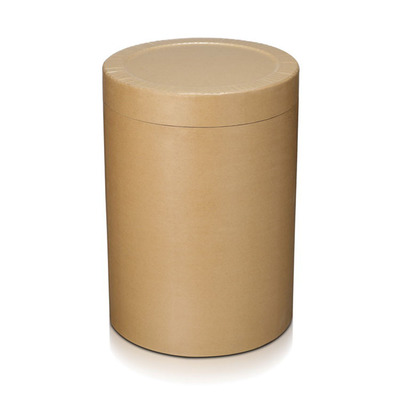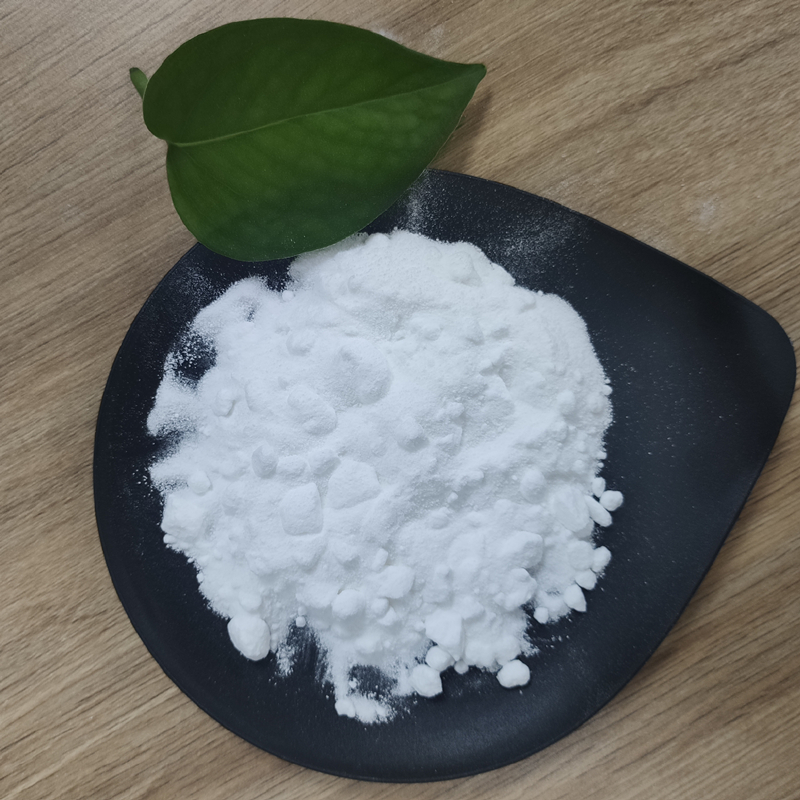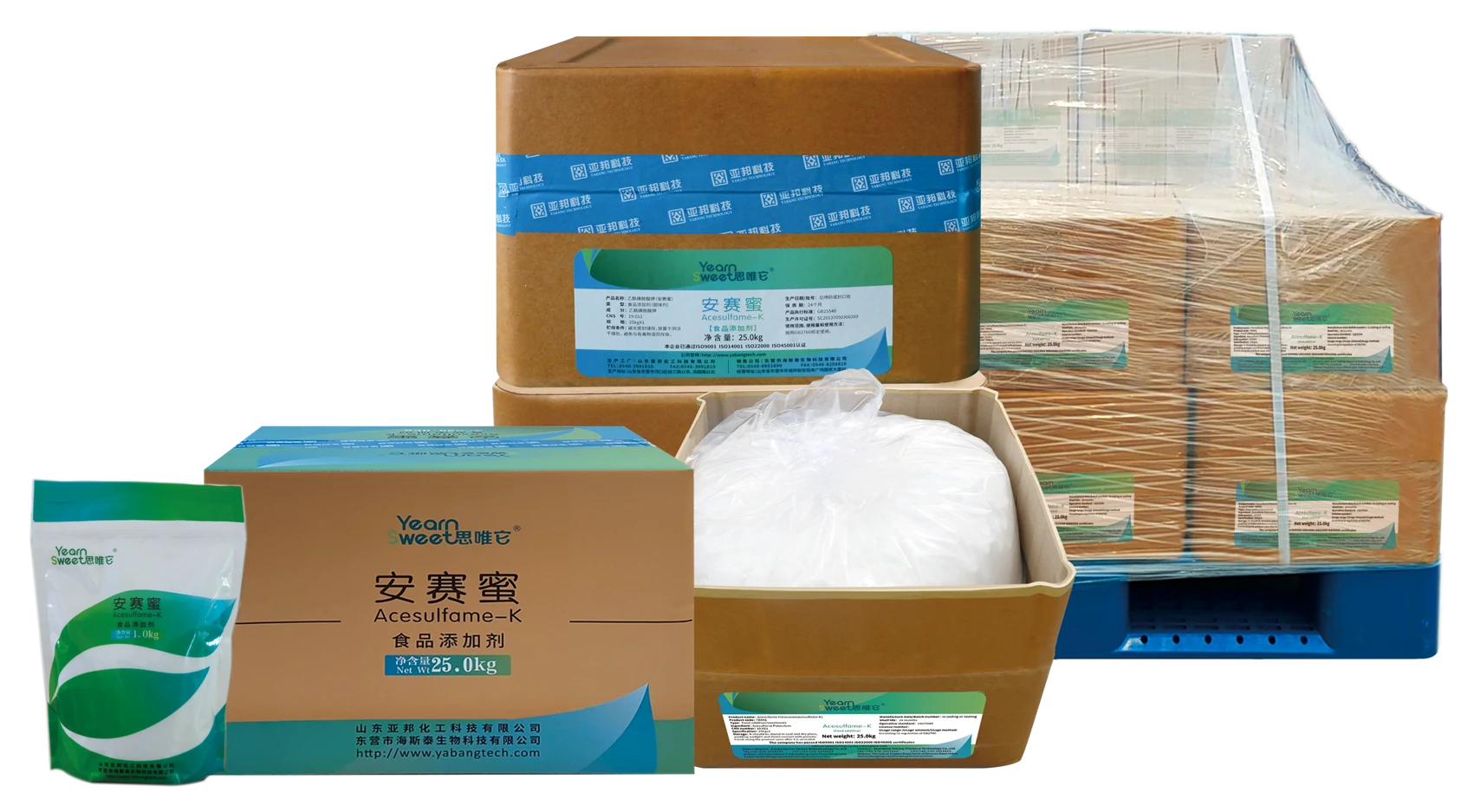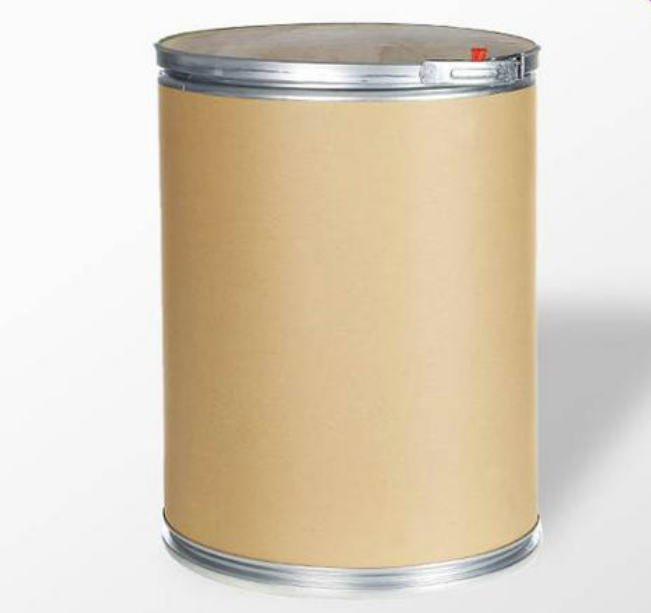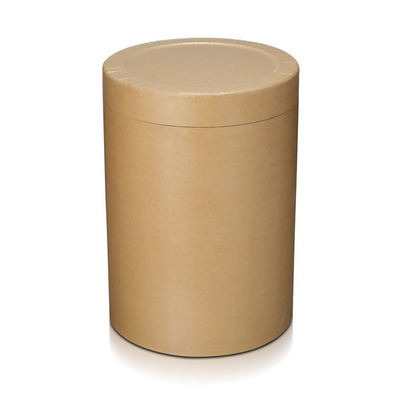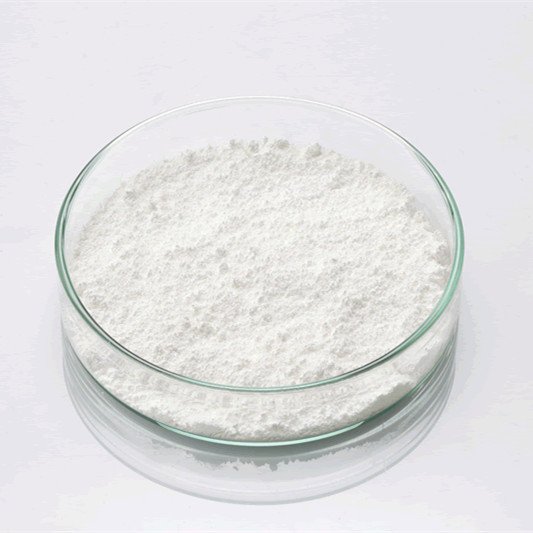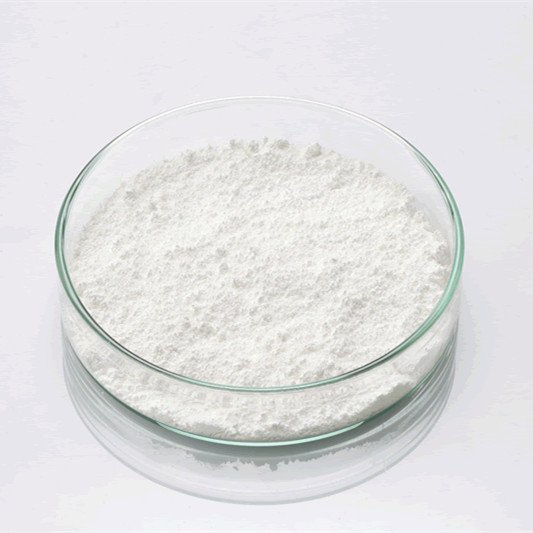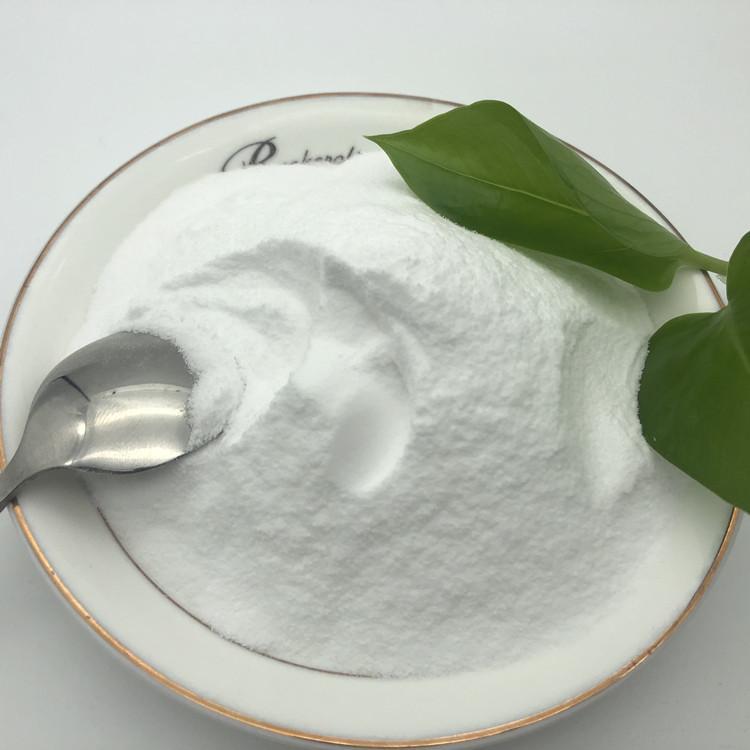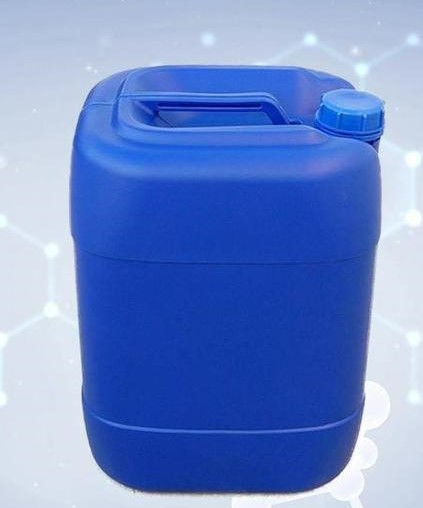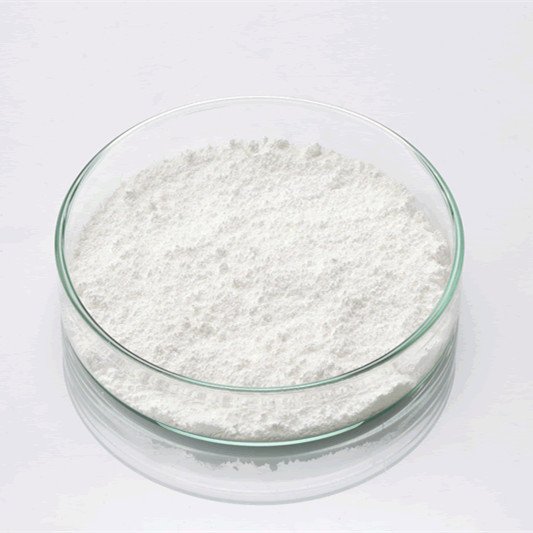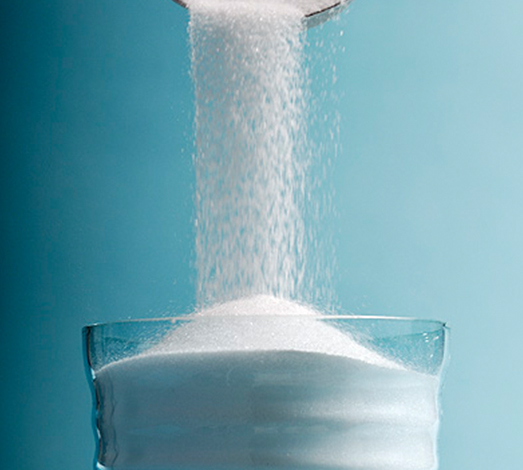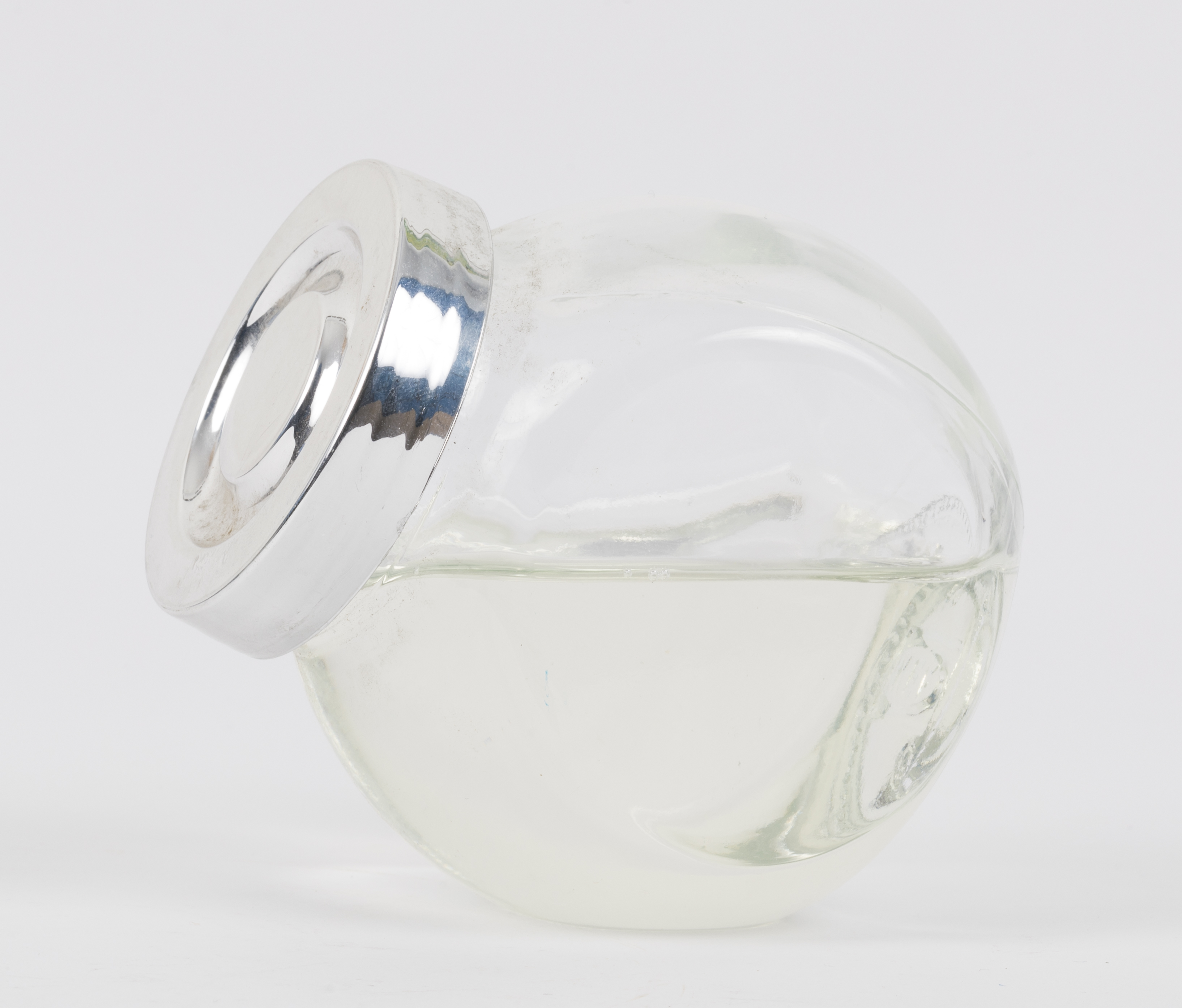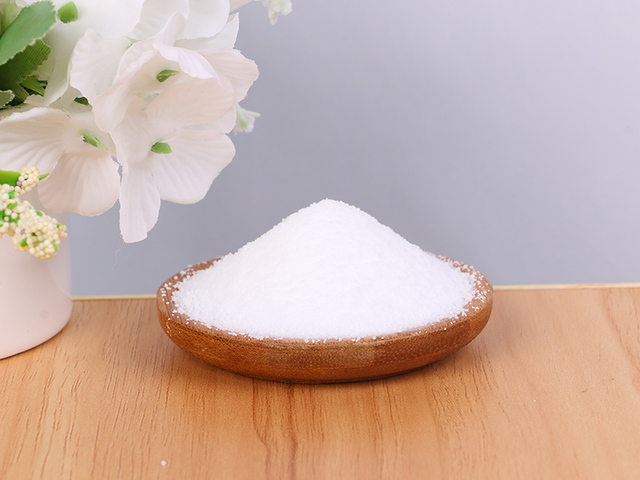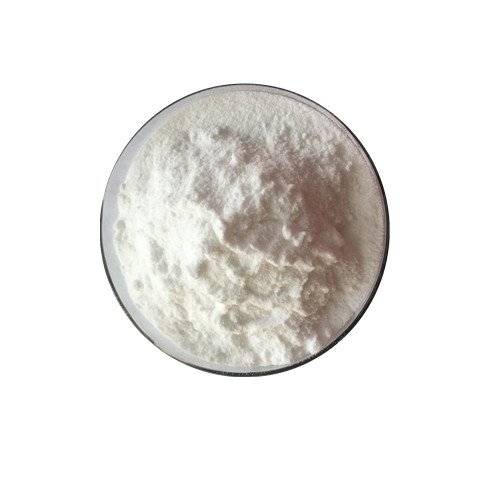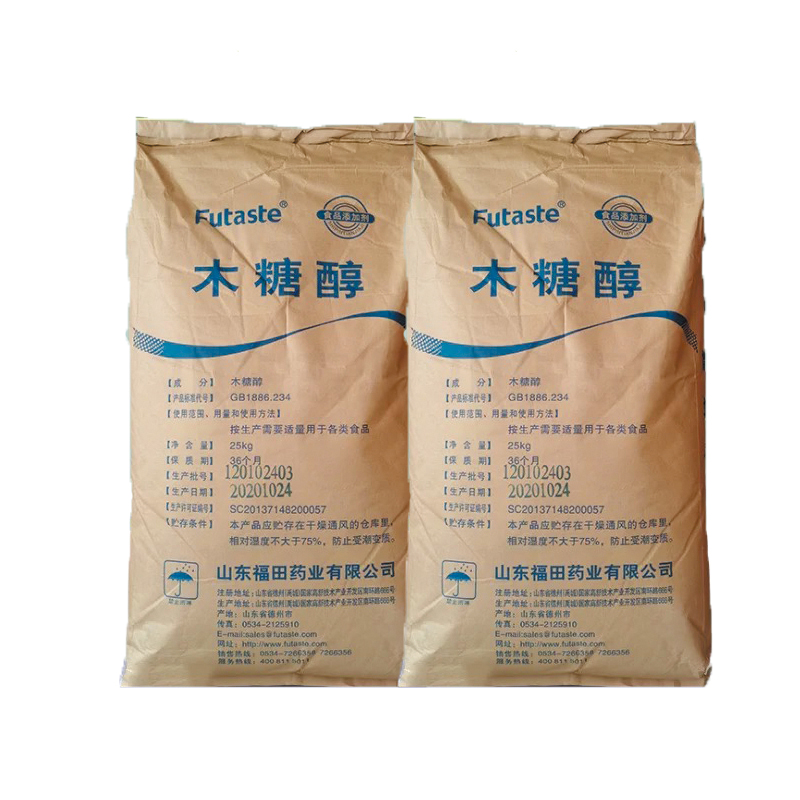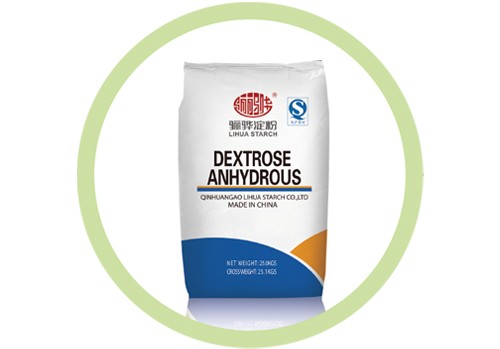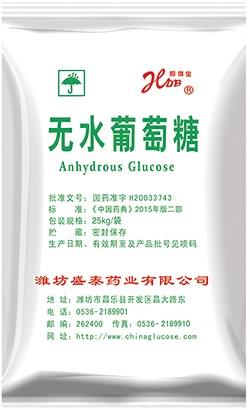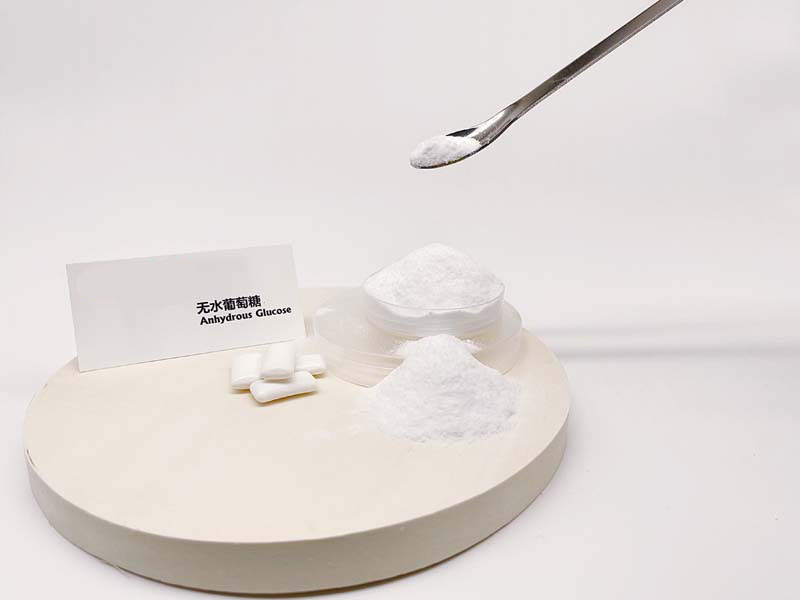Food(Feed) Additives
Feed Additive
Additives For Food Packaging
Colorant
Stabilizer and Coagulator
Water Retention Agent
Feed Deworming Health Agents
Anti Corrosion and Preservation
Color Fixative
Flour Treatment Agent
Defoamer
Coating Agent
Feed Vitamins
Emulsifier
Other Food Additives
Nutritional Fortifier
Thickening Agent
Feed Quality Enhancer
Antioxidants
Chewing Gum Bases
Bulking Agent
Feed Amino Acids and Small Peptides
Flavor Enhancer
Sweeteners
Additives For Feed Preservation
Other Feed Additives
Food Additive
Bleaching Agents
Anticaking Agent
Food Flavors and Fragrances
Enzyme Preparation
Feed Trace Elements
Acidity Regulators
Feed Growth Promoters
Feed Conditioner
Find
58
related chemicals for you
CAS:55589-62-3
Molecular Formula:C4H4KNO4S
Alias
More Information
Acesulphame-K; Ace-K; Acesulfame-K; Acesulfame Potassium; Potassiumacesulfame; Ace-Suhl-Faym; Sweet One; Acesulfaml-K; Sunette; AK Sugar; 6-Methyl-1,2,3-Oxathiazin-4(3H)-One 2,2-Dioxide Potassium Salt; Acesulfame
Brief Introduction
Acesulfame is the fourth generation of synthetic sweetener. It has a certain bitter taste when used alone, and has synergistic effect when mixed with aspartame or cyclamate, and can cover up the bitter taste. After being taken to the human body, it is not absorbed and does not generate heat. It is suitable for people with diabetes and obesity. In China, it can be used for pastry, jam (excluding canned), pickles, candy, preserves, drinks, ice cream and gummy sugar, with the maximum dosage of 0.3g/kg; It can also be used as table sweetener (flake or powder), 40mg per tablet or packet.
Suppliers
View More Vendors (6) >
CAS:57817-89-7
Molecular Formula:C38H60O18
Alias
More Information
Stevia Extract; Steviosides; Steviosin; Rebaudin; Beta-D-Glucopyranosyl(1R,4As,7S,8Ar,10As)-7-(2-O-(Beta-D-Glucopyranosyl)-Alpha-D-Glucopyranosyloxy)-1,4A-Dimethyl-12-Methyleneperhydro-7,8A-Ethanophenanthren-1-Carboxylate; Beta-D-Glucopyranosylester; Kaur-16-En-18-Oicacid,13-((2-O-Beta-D-Glucopyranosyl-Alpha-D-Glucopyranosyl)O; ; ;
Brief Introduction
Stevioside is a mixture of eight kinds of sugars with the same diterpenoid ligands. It does not contain sugar and heat. Its color is white to yellowish. It has suitable taste and no peculiar smell. It is a new sugar source with broad development prospects. Stevioside is a kind of sweetener which has been found in the world and approved by the Ministry of health of China. It has low calorie and its taste is very close to sucrose. It is the third natural sweetener with development value and health esteem after sugarcane and beet sugar. It is internationally known as "the third sugar source in the world". Stevioside, as a food sweetener and preservative, is widely used in food industry to produce high sweetness, low calorie, low salt and anti caries food.
Suppliers
View More Vendors (6) >
Alias
More Information
D-Maltitol; 4-O-.Alpha.-D-Glucopyronosyld-Sorbitol; Glucitol,4-O-Alpha-D-Glucopyranosyl,D-; Maltitolsyrup; Maltitol-Basedproducts; 4-O-Alpha-D-Glucopyranosyl-D-Glucito; D-4-O-Alpha-D-Glucopyranosylglucitol
Brief Introduction
Maltitol is an alpha-D-glucoside consisting of D-glucitol having an alpha-D-glucosyl residue attached at the 4-position.It derives from an alpha-D-glucose and a D-glucitol.
(1) .Used as a sugar substitute.
(2) .It has a role as a metabolite, a laxative and a sweetening agent.
Suppliers
View More Vendors (6) >
Alias
More Information
Xylo-Oligosaccharide; D-Xylitol; Xylite; Klinit; 1,2,3,4,5-Pentahydroxypentane; Kylit; Xlear Xylosweet
Brief Introduction
Xylitol is a pentitol (five-carbon sugar alcohol) having meso-configuration, being derived from xylose by reduction of the carbonyl group. IXylitol is a naturally occurring five-carbon sugar alcohol found in most plant material, including many fruits and vegetables. Xylitol-rich plant materials include birch and beechwood. It is widely used as a sugar substitute and in "sugar-free" food products. The effects of xylitol on dental caries have been widely studied, and xylitol is added to some chewing gums and other oral care products to prevent tooth decay and dry mouth. Xylitol is a non-fermentable sugar alcohol by most plaque bacteria, indicating that it cannot be fermented into cariogenic acid end-products. It works by inhibiting the growth of the microorganisms present in plaque and saliva after it accummulates intracellularly into the microorganism. The recommended dose of xylitol for dental caries prevention is 6–10 g/day, and most adults can tolerate 40 g/day without adverse events.
t has a role as a sweetening agent, an allergen, a hapten, a human metabolite, an algal metabolite, a Saccharomyces cerevisiae metabolite and a mouse metabolite.
Suppliers
View More Vendors (5) >
CAS:50-99-7
Molecular Formula:C6H12O6
Alias
More Information
D-(+)-Glucose,Dextrose; D(+)-Glucose; D-(+)-Glucose; Glucose Anhydrous; ; D-(+)-Dextrose; (2R,3S,4R,5R)-2,3,4,5,6-Pentahydroxyhexanal; Dextrose Anhydrous; Dextrose; d Glucose; Glucose
Brief Introduction
Glucose is used as a nutriment in medicine, and also for the preparation of vitamin C, calcium gluconate and so on. It can also be used as reducing agent in printing and dyeing, tanning, mirror making, thermos and other industries.
Suppliers
View More Vendors (5) >
<Invalid Value>
99
/
-
Inquiry (
10
/ 10
)
Clear All
You can inquire for up to 10 products at a time
Sign In
Error!


